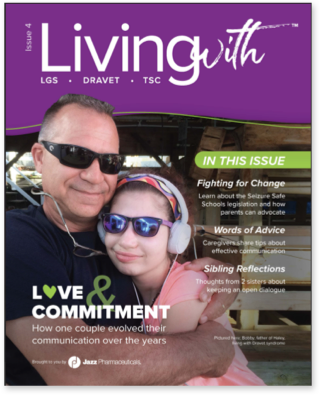Meeting with your doctor
From finding the right doctor to figuring out how to get the most out of your appointments with them, these tools can help you take the necessary steps toward getting a diagnosis.
Get a personalized doctor discussion guide
Trying to get your loved one a specific diagnosis can be overwhelming, but starting the conversation with your doctor doesn't have to be. This customizable tool was designed to help you gather and organize the information you'll need to make the most of that discussion.*
*This tool isn't meant to be used as a screening or diagnostic tool for your loved one.
The materials included on this website are for informational purposes only—not intended as a substitute for professional medical advice, diagnosis, or treatment. Always seek the advice of your physician or other healthcare provider regarding any questions on a medical condition or treatment. Never disregard professional medical advice or delay in seeking it because of something you have read or seen on this website.
Tips for your appointment
As you prepare for your next appointment, remember you are your loved one's best advocate. Your doctor needs to know if you have any questions or concerns so they can deliver the best care and treatment options that fit your lifestyle. Here are a handful of tips that have helped other caregivers in the same position.


Gather footage
If you can, try to record your loved one’s seizures through videos or photos. This can help your doctor see exactly what you’re seeing. We know it’s not always easy in the moment, but capturing what happens whether through recordings or detailed notes in a logbook can be an important step toward getting the right care.


Write your questions down
Write down the questions you want to ask beforehand so you can keep the conversation with your doctor focused on what you need to know. You may even consider reaching out early on to get on the same page about the questions you will want answered. And remember, there are no bad questions! You and your doctor are on the same team so don't be afraid to ask anything.
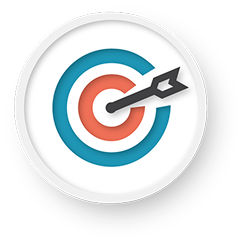

Set goals for your loved one
Determine what you are hoping to get out of your appointment. There are no right or wrong answers and everyone's goals may be different. Consider what feels right for you and your loved one.
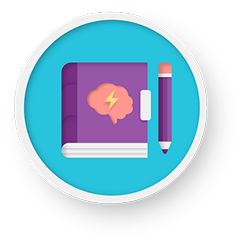

Bring something to take notes
Bring a notepad so you can write down everything you and your doctor discuss, or ask them if they're comfortable with you recording the appointment so you can take notes afterward. This can reduce the stress of needing to remember everything. Your notes will also be helpful for others in your care team who were not able to attend the appointment.
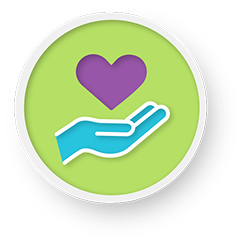

Consider inviting someone for emotional support
If you can, bring a friend or family member with you to act as a second set of ears, potential note taker, or just to have as emotional support. Sometimes there's a lot of information being presented all at once, which can naturally feel overwhelming.
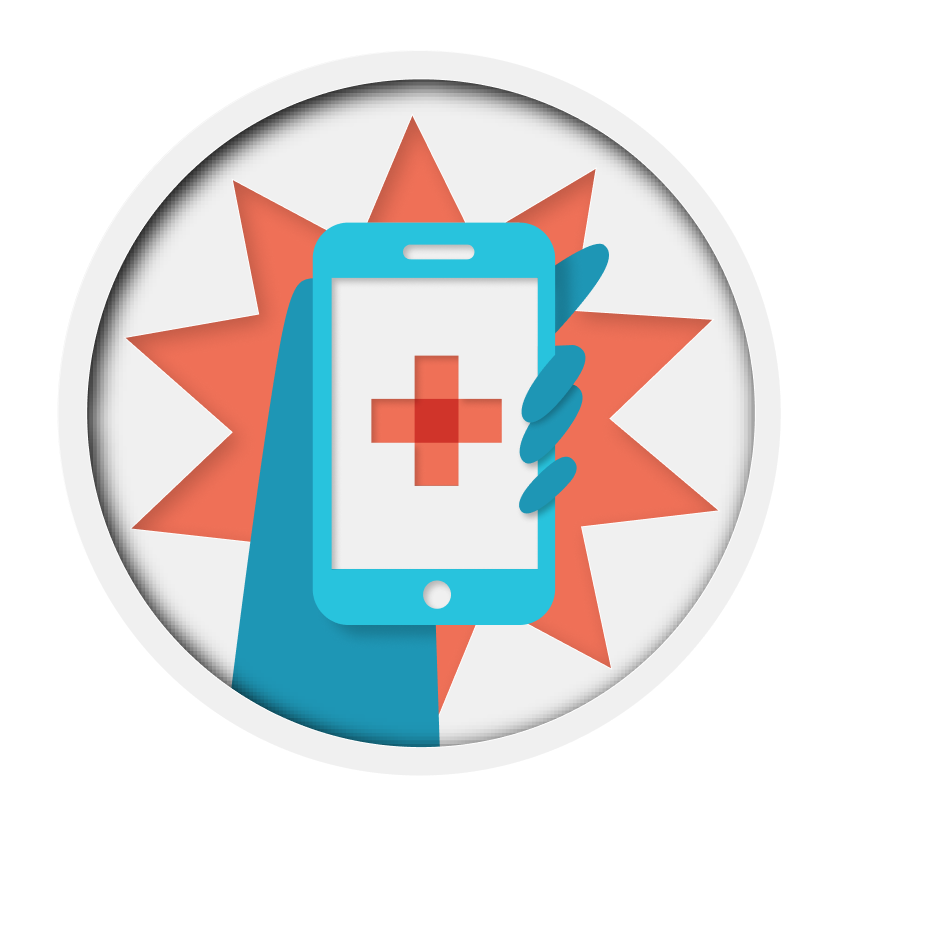
Finding the right doctor
This can be one of the most important steps toward a specific diagnosis.
Finding a specialist can make a world of difference
If you can, try to seek out a specialist such as an epileptologist who has experience working with rare and severe epilepsies.
Trust your instincts. If progress feels stalled, getting a second or third opinion is completely okay. If you need to travel for an appointment, there may be resources to help with travel, lodging, or even virtual visit opportunities.
Click the button below to find a doctor recommended by the LGS Foundation who specializes in LGS and other epilepsy syndromes.

“We had trouble finding a neurologist who we could really partner with, but we eventually found one. She was very kind and understanding and diagnosed my son with LGS when he was 5½ years old.”
Jon, father of an adult living with LGS
More to explore:
Learn about a treatment option for LGS
Get additional information & support



